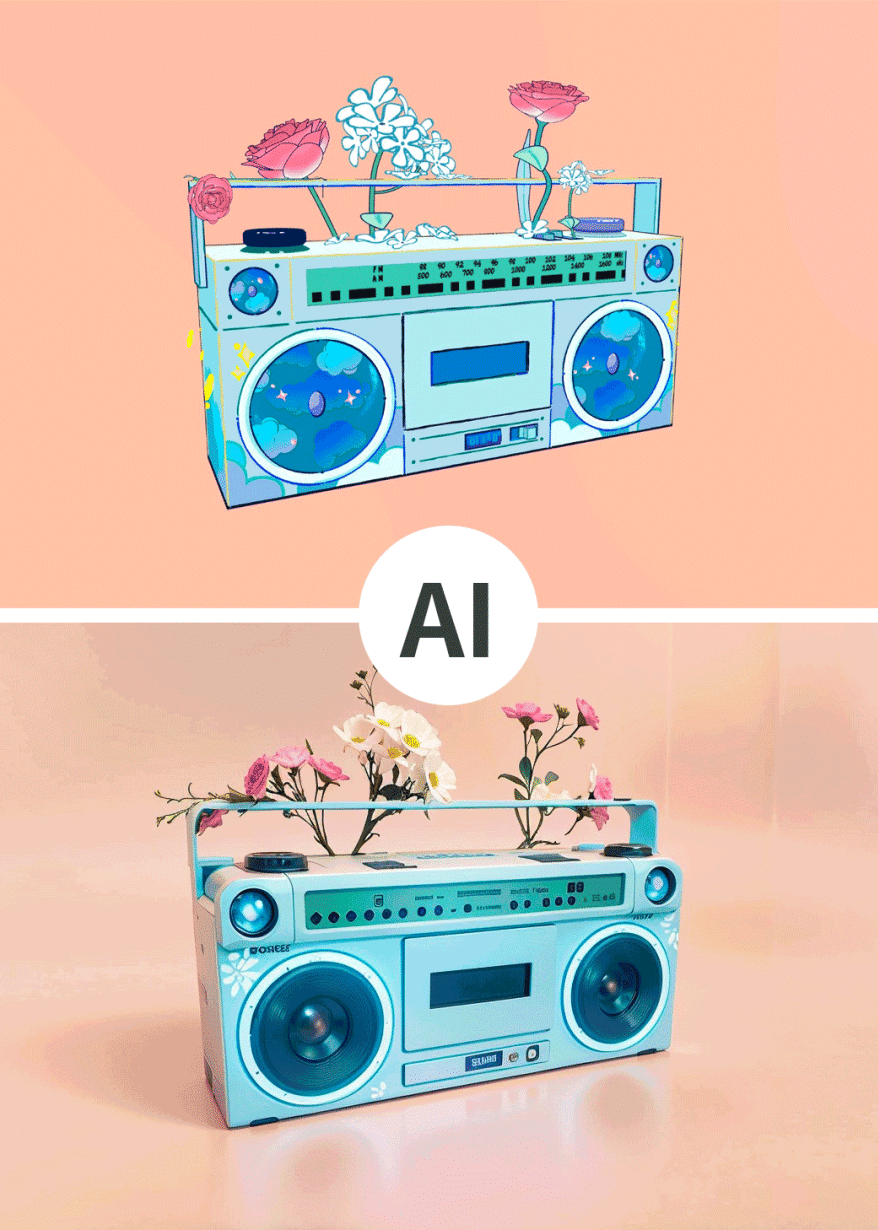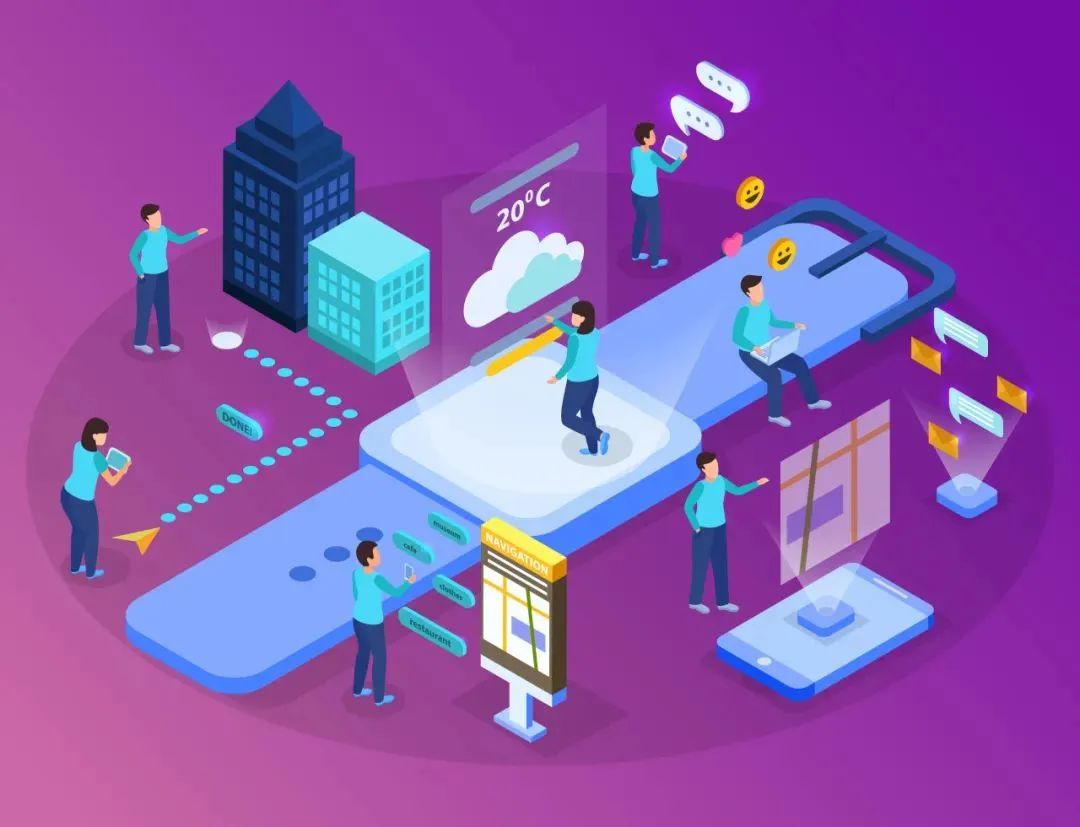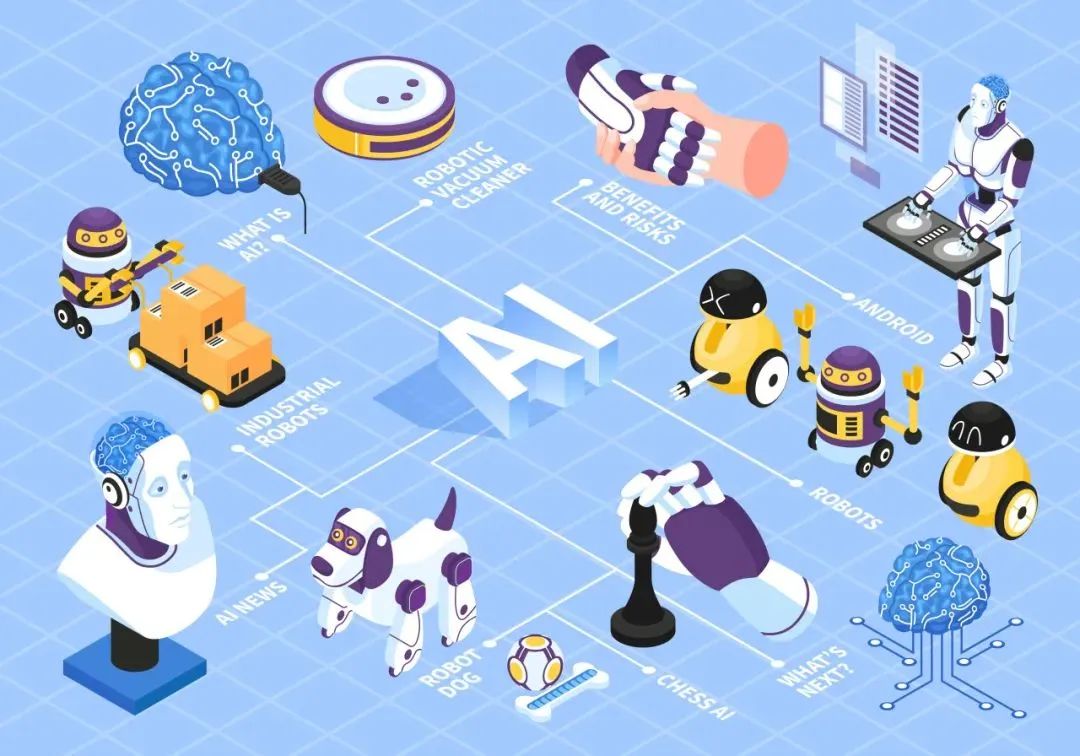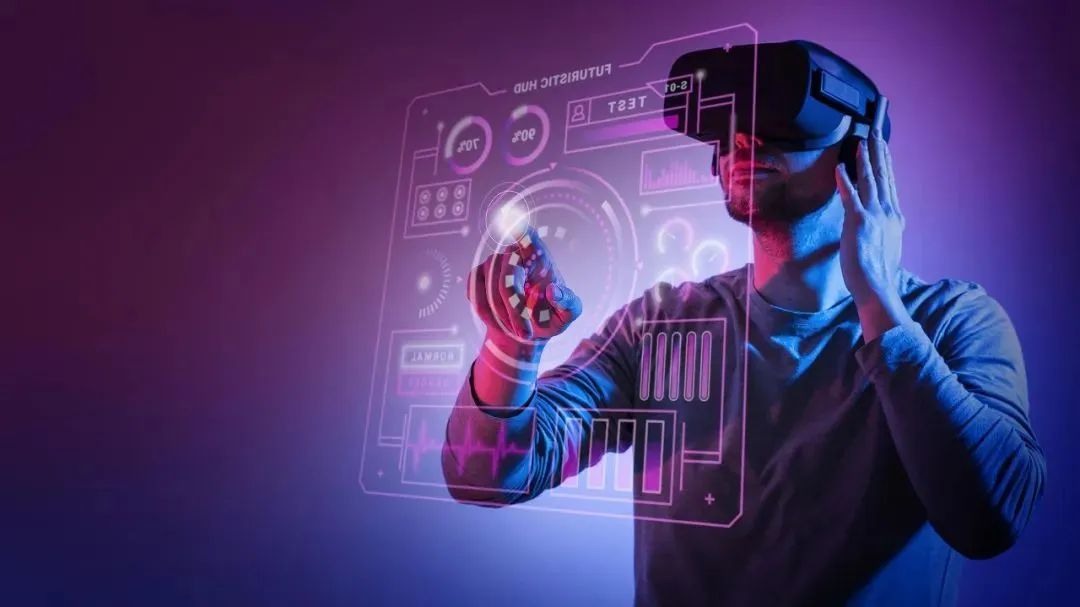Newly Launched AI 3D Rendering Function to Accelerate the Construction of Metaverse Industry
This year is a big year for AIGC. After ChatGPT set off the first wave of craze, AI tools such as MidJourney and Notion have sprung up like mushrooms after rain, ranging from text to pictures, and from pictures to three-dimensional modeling. The rise of AIGC has brought new development opportunities to the Metaverse.
AIGC, the catalyst for the development of the Metaverse
In the future, the metaverse will penetrate into every aspect of our lives.
In January this year, market research company Research and Markets shared a new report called "Global Metaverse Market", predicting that the Metaverse market will have a compound annual growth rate of 40% (2022-2030). By 2030, the market will Revenue will reach $700 billion.
Research firm Gartner claims that by 2026, 25% of people will work, shop, study, socialize or entertain in the Metaverse for at least one hour a day.
However, the biggest obstacle to the current development of the Metaverse is the massive and high-quality 3D content reserves.
Existing 3D content construction mainly relies on manual design with modeling software such as Blender and Maya3D, which requires professional modelers to model and render. Not only is the cost high and time-consuming, but excellent modelers are scarce, resulting in related 3D The cost of building a content ecosystem has been difficult to reduce, and the construction efficiency is low. The absence of content has limited the development speed of the industry.

A complete metaverse scene covers a large number of scenes, characters, objects, etc. If it is completely left to the modeler to generate, the efficiency and quality cannot be guaranteed, and the massive demand for 3D content of the metaverse cannot be met.
After AIGC intervenes, a large amount of work can be completed by AI. We only need to upload pictures or a text description to generate a 3D model, minimizing production time and cost and ensuring production efficiency and quality.
Therefore, it is not enough to rely solely on modelers to build a 3D content ecosystem. It will be particularly important to rely on the power of AI in the future.
The main difficulty in generating 3D models with AI is that the sample size of machine learning is much less than text and pictures, making it difficult to use large-scale machine learning methods to develop. Therefore, manufacturers can only find other ways, represented by Nvidia and Google, each have given own solution.
DreamFusion, owned by Google, combines two models, Imagen (AI image model platform) and NeRF (Neural Radiation Field). Imagen is first used to generate text descriptions to generate 3D views from multiple perspectives, and then NeRF is used to reconstruct the 3D model.
The process of the Magic3D solution released by NVIDIA is to first create a low-resolution rough model and then optimize it into a higher-resolution fine model.
It can be seen that AI 3D modeling is no longer just a piece of paper. After continuous iterative optimization, generative AI 3D creation will become more and more mature, accelerating the development of the metaverse.
Accelerate layout
In addition to 3D modeling, another important link is 3D model rendering. Foxtech Robot is accelerating its deployment in the AI field with its years of technical and industry accumulation in 3D digitization.
Traditional 3D rendering requires a lot of manpower and time costs, requires professionals to complete, and the rendering speed is slow.
In response to the pain points of traditional 3D rendering, 51 Modeling Network, a subsidiary of Foxtech Robot, has launched a new AI rendering function. As long as you enter specific keywords, such as texture, material, and color, the model can be rendered in as fast as ten seconds, even for novices. White users can also get started quickly and efficiently completing 3D rendering renderings.

Main application areas
architectural design
AI 3D model rendering can help architects and designers create realistic building models to better demonstrate design concepts and effects. By typing different keywords, you can quickly try different styles of rendering directions.
XR applications
In virtual reality and augmented reality applications, AI 3D model rendering can quickly provide diverse virtual environments and experiences, allowing users to quickly build the desired scenes.
Industrial design
In industrial design, AI 3D model rendering can help designers visualize product prototypes and design concepts so that the design can be better evaluated and improved later.
Game development
In the field of game development, AI 3D model rendering can help game industry practitioners quickly generate game environments and characters, provide better visual effects, and enhance the game experience.
Of course, the above are just some common application fields. AI 3D model rendering also has many potential applications in other fields, such as medicine, advertising and marketing, and film animation. It helps users quickly render renderings, provides references for later adjustments, and empowers users. More convenient, smarter and more efficient content generation capabilities.
Currently, Microsoft, Google, and Meta are also involved in real-time 3D rendering. The application of AIGC has greatly improved the rendering efficiency of 3D models, lowered the threshold for creation, improved the efficiency of metaverse construction, and can also provide designers with creative inspiration and design assistance.
As the industry accelerates the integration of reality and reality, the focus of content production has gradually shifted from PGC and UGC to AIGC. AIGC will truly allow the Metaverse industry to break through the shackles of content. With the evolution of AI modeling and AI rendering technology, AIGC will continue to improve the efficiency of digital content creation, improve the content ecological chain, help developers generate high-quality content efficiently and at low cost, and accelerate the popularization of the Metaverse world.
In the future, or just like in the movie Ready Player One, metaverse technology will greatly expand human living space and enter all areas of our lives. We believe that with the shareholder style of AIGC, all this will not be far away.

- Reinforcement Learning Enables Bipedal Robot to Conquer Challenging Terrain
- Drones for 3D Indoor Exploration-Cultural Relics Protection and Indoor Survey
- Industry Application: Intelligent Unmanned Operation Solutions for Lakes – Rapid Deployment for Continuous Protection
- High-Altitude Cleaning Case Introduction - Drone Spraying and Cleaning
- New Performance: SLAM Handheld Lidar Scanner + External Panoramic Camera New Combination



